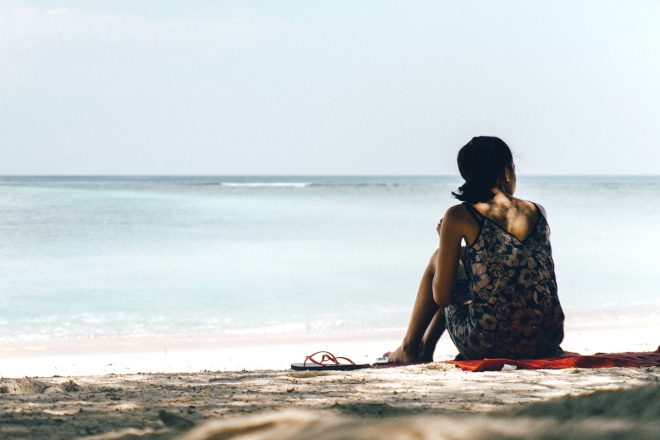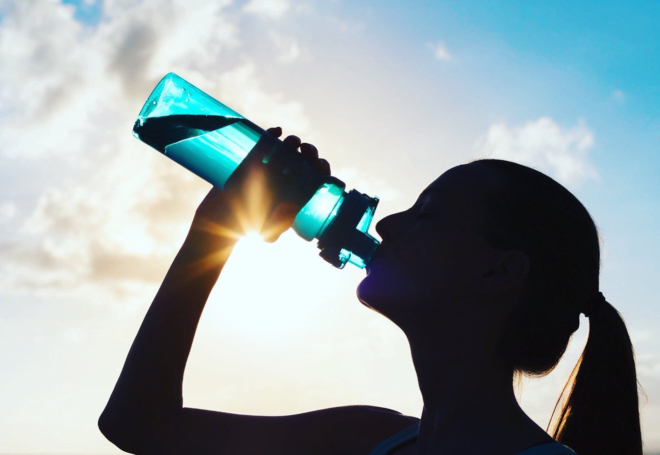BROUGHT TO YOU BY BUPA GLOBAL
Summer is just around the corner, that means trips to the beach, picnics in the park, and some genuine outdoor fun in the sun. Getting outdoors during the summer can good for both your physical and mental health. This is because the sun helps your body to produce vitamin D, and the longer, brighter days can improve your mood. But spending too much time in the sun, whether you’re at home or abroad, can also be harmful to your health. Here with some top tips on sun safety for the summer, Dr Stephanie Munn, a Dermatology Clinical Lead at Bupa UK, gives us the lowdown on how and why you need to stay safe under the sun.
[pro_ad_display_adzone id="73367"]
How can too much sun affect your health?
Although there’s much to be enjoyed when the sun is shining, the sun also brings with it serious health risks, particularly during the summer months. In some cases it may lead to heat exhaustion or heatstroke, especially if you’re not used to hot weather.
The sun gives out ultraviolet (UV) radiation, which is made up of UVA, UVB and UVC rays. The most serious harm the sun can cause is to increase your risk of getting
skin cancer. UVB rays (the same ones that help you to generate vitamin D) can also damage the DNA in your skin cells. If this DNA damage builds up over time, cells can start growing out of control, which can lead to skin cancer. More than eight out of 10 cases of
melanoma (the most serious type of skin cancer) are linked to overexposure to UV rays.
To help ensure you're well protected from UV rays, follow these tips:

1. Use sunscreen
It’s important to prevent your skin from burning by using a good quality sunscreen. So invest in a product that:
- displays the letters ‘UVA’ in a circle on the packaging
- has a star rating of 4 or 5—this is the level of protection from UVA rays
- is at least SPF (Sun Protection Factor) 30 or more—this is the level of protection from UVB rays
- is water-resistant if you’re going in the water or will be sweating a lot
- is still in-date and hasn’t been opened for more than one year
Apply plenty of sunscreen 30 minutes before you go outside and reapply at least every two hours, even if it starts to appear cloudy. Make sure you get good coverage—including your ears, lips and neck. And remember that even if you use water-resistant sunscreen, you’ll still need to reapply straight after you’ve been in the water.

2. Wear protective clothing
Protect your skin from UV rays by wearing loose clothes that cover your skin, such as long-sleeved tops and trousers made from breathable fabrics. Some clothing now includes details of the UPF (UV Protection Factor) on the label too. The higher the UPF, the less UV radiation will reach your skin through the fabric. If you can’t find the UPF, holding clothes up to the light will help give you an idea of how much sunlight gets through, and those with a tighter weave should offer more protection.
Don’t forget a wide-brimmed hat and sunglasses too. Choose sunglasses that fit well, display a CE mark on the label and offer 100% UV protection.

3. Check the UV index
The UV index tells you how strong the UV rays are in your area at a particular time. The higher the UV index, the easier it is for your skin to burn and become damaged. If you have pale skin and the UV index in your area is above three, you’ll need to take steps to protect your skin. You can find out the UV index where you are on the
Met Office website.

4. Seek out shade
The sun’s rays are strongest around midday when the sun is highest in the sky—usually between 11am and 3pm. So avoid sitting in the sun at these times and seek shade if you can.
Sunlight also reflects off surfaces like water, sand, concrete and snow, and even in shaded areas can damage your skin and eyes. If you do head outdoors during this time, it’s a good idea to bring an umbrella with you or find some shade to sit under.

5. Drink plenty of water
When the temperature rises, your body sweats more to try and cool you down. So it’s important to drink plenty of fluids to ensure you stay hydrated when it’s hot out. Aim to drink 6-8 glasses of water per day or more if you’re feeling thirsty. As well as water, tea, coffee, fruit juice, smoothies and low-fat milk all count towards your daily fluid intake. But remember to limit fruit juice and smoothies to one 150ml glass per day as these can be high in sugar. Try to steer clear of alcoholic drinks, as alcohol is a diuretic, meaning it makes you pee more and can leave you even more dehydrated.
[su_note note_color="#eeeeee"]
 bupaglobal.com
bupaglobal.com | 2531 8586 |
[email protected] [/su_note]
DISCLAIMER: This article was designed and produced by Bupa Global by searching internal and external data and information for information provision and reference purposes only. Any views or information mentioned and set out in this article/webpage are based on general situations. Readers should not regard them as medical advices or medical recommendations. Before making any decisions about the theme of this article, you are recommended to seek independent advice from suitable professionals (such as doctors, nutritionists, etc.). It is clearly stated that Bupa Global will not bear any responsibilities for others’ usage or interpretation of the information listed in this article. When preparing and/or updating this article, Bupa Global endeavours to ensure that the content is accurate, complete and updated but will not bear any responsibilities nor make any warranty or guarantee for the accuracy, completeness and timeliness of the information or for any claims and/or losses caused thereby.





 bupaglobal.com | 2531 8586 | [email protected] [/su_note]
bupaglobal.com | 2531 8586 | [email protected] [/su_note]